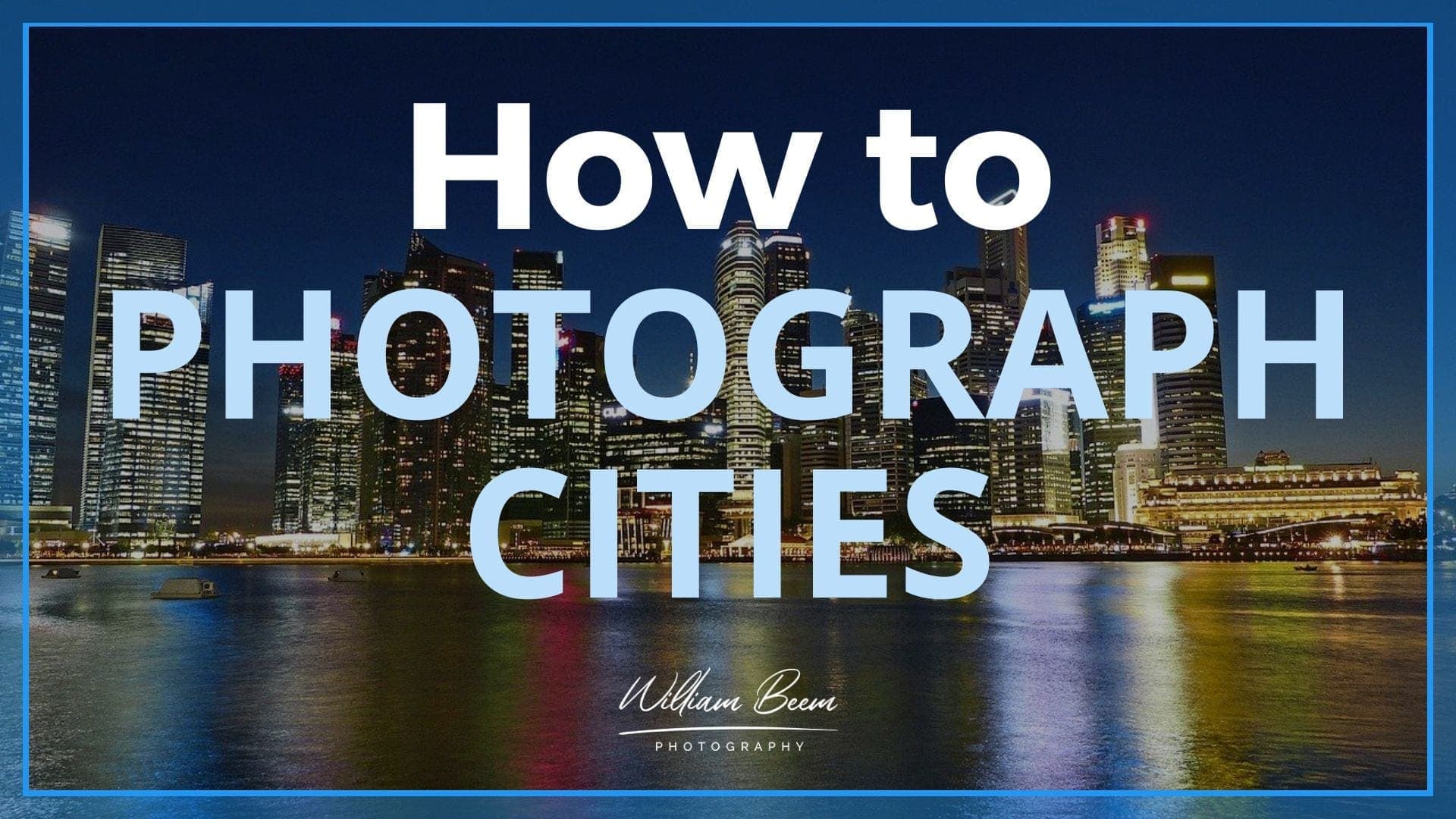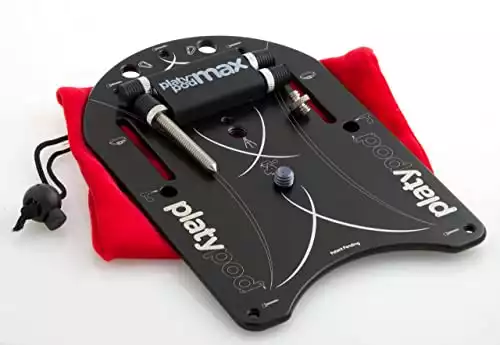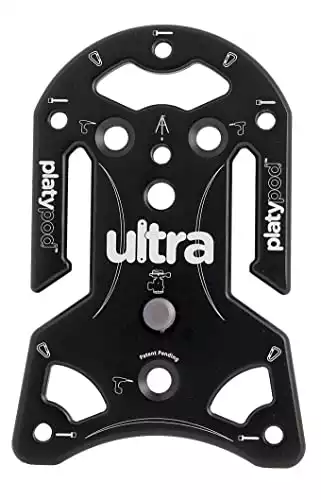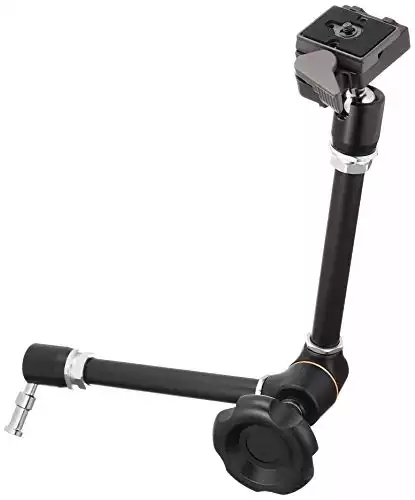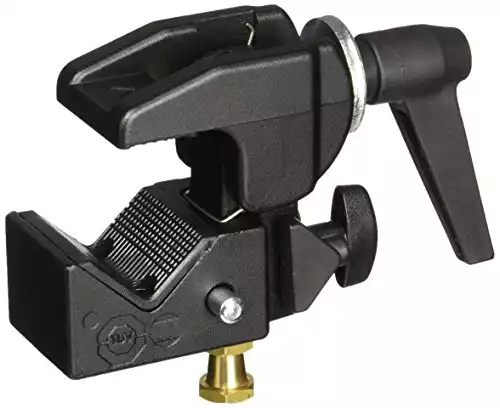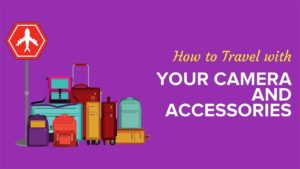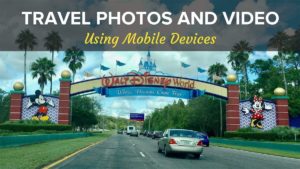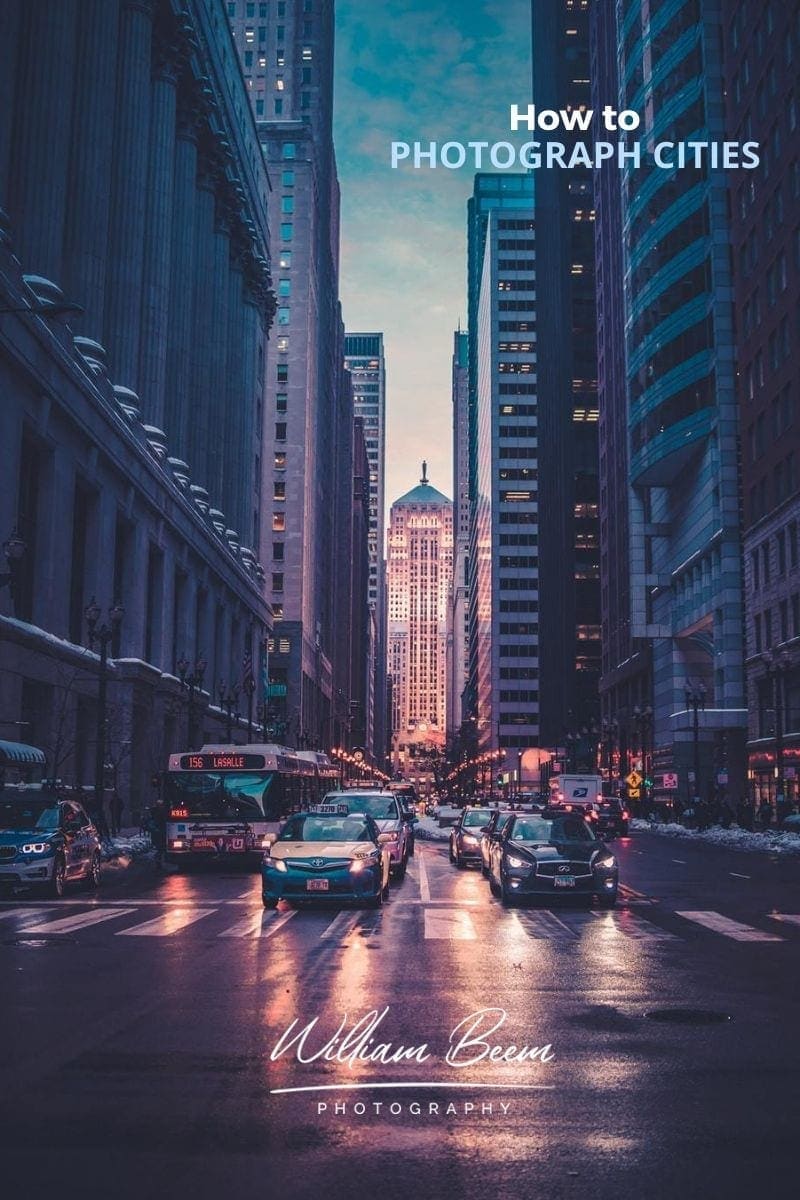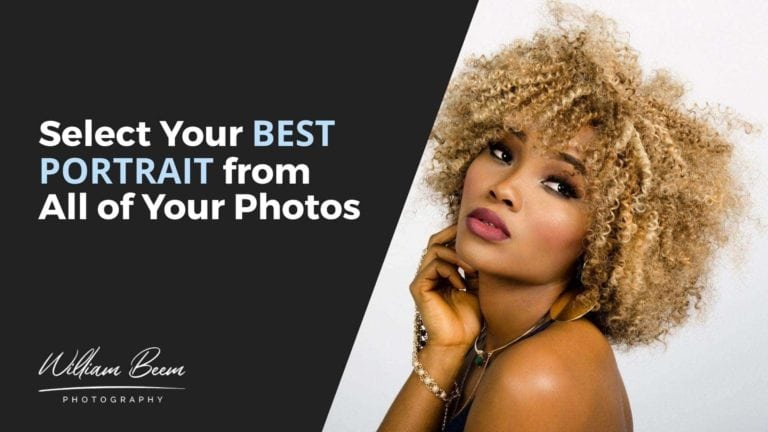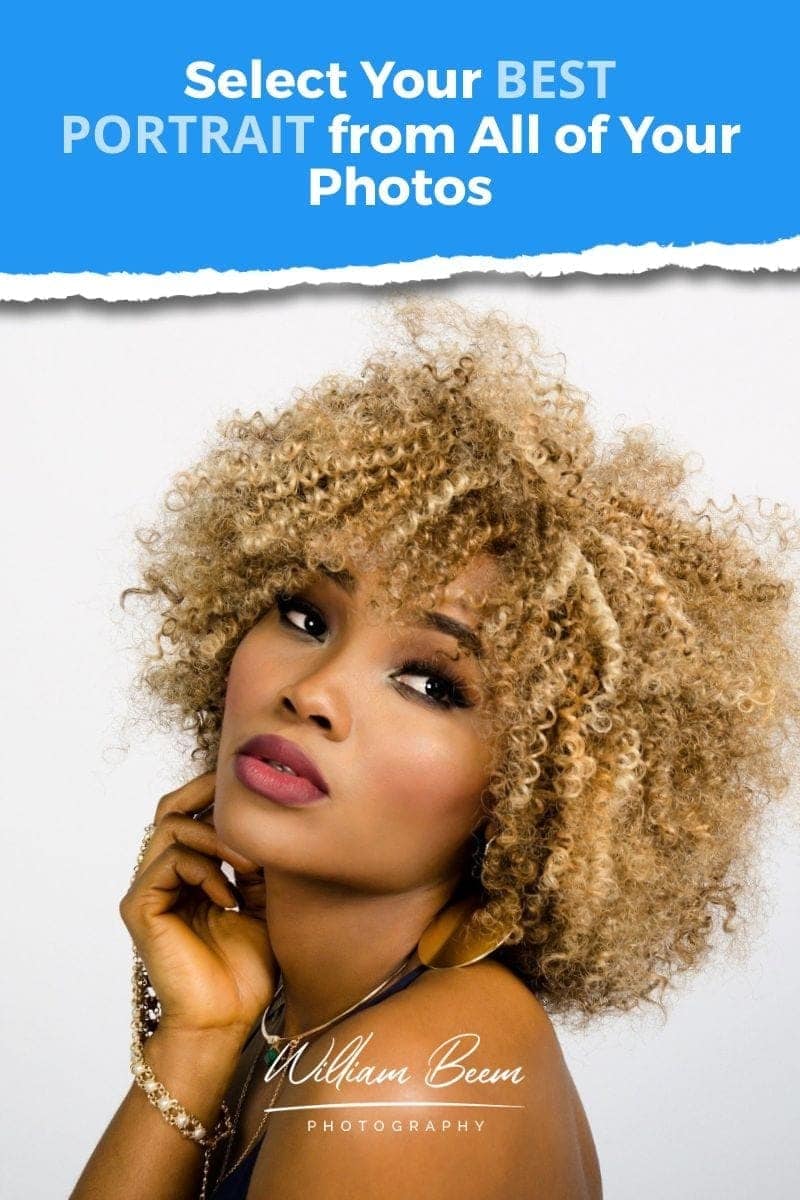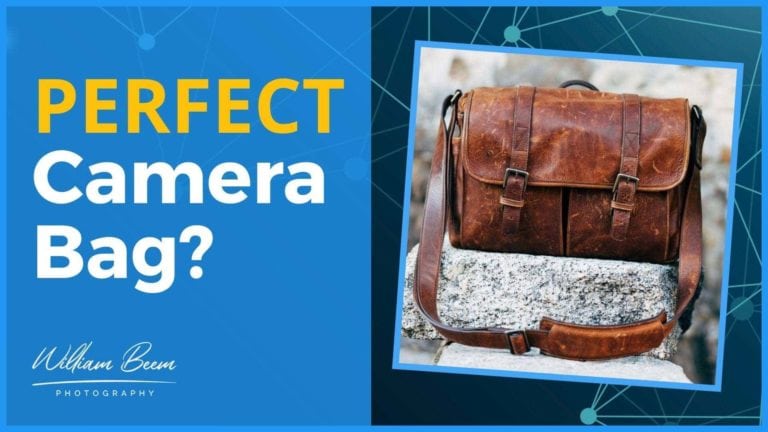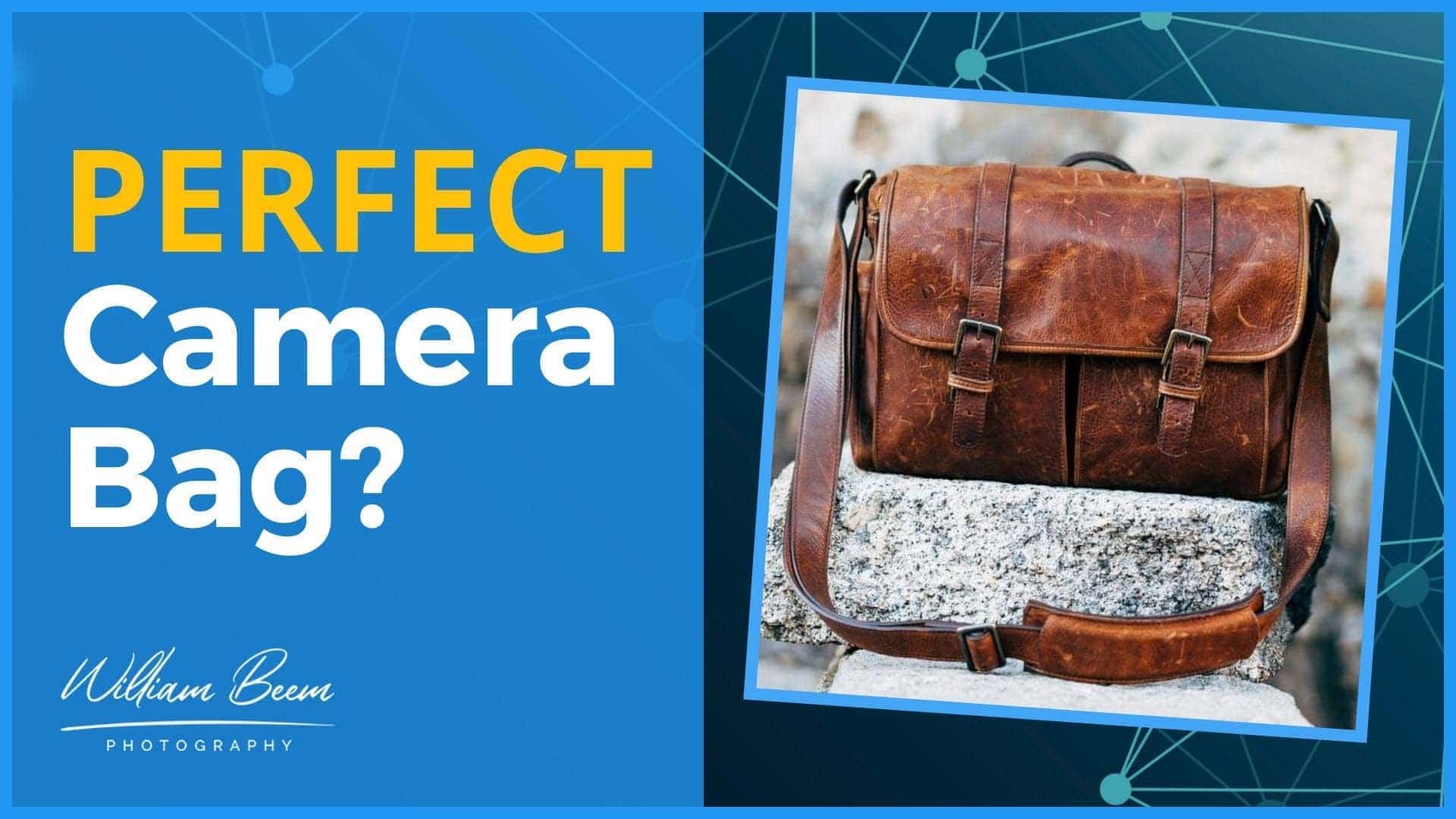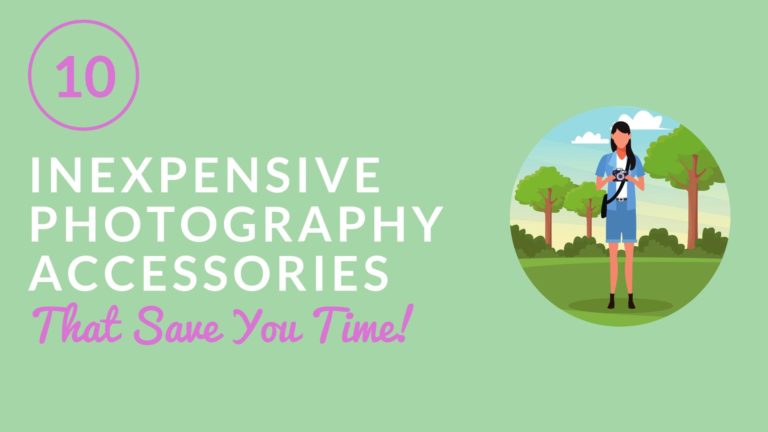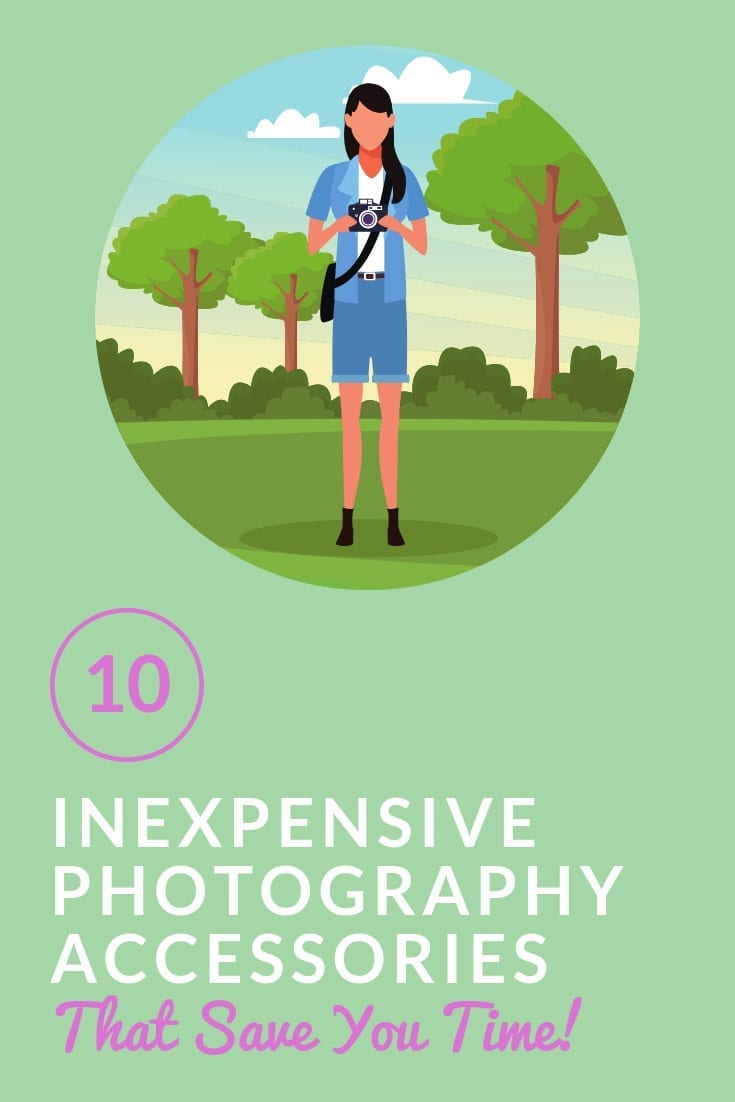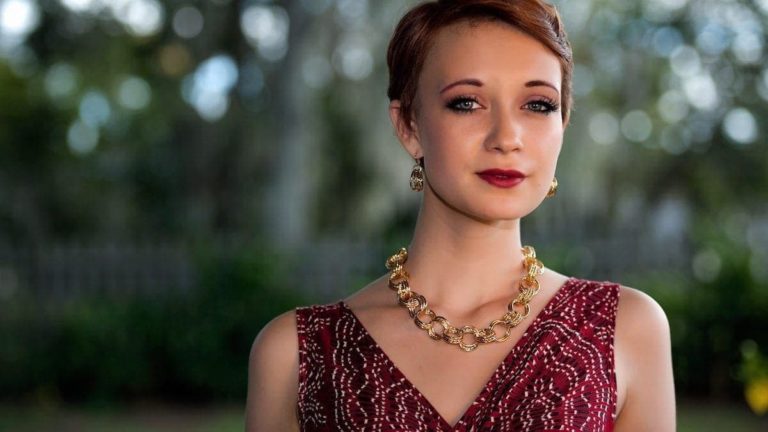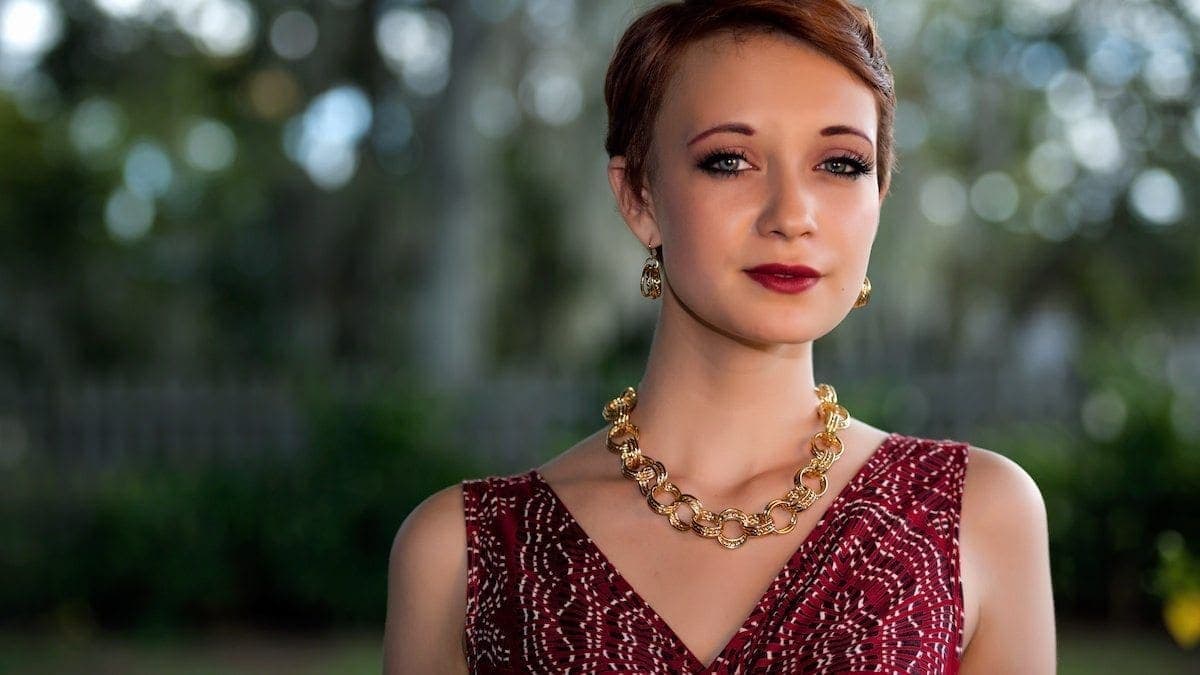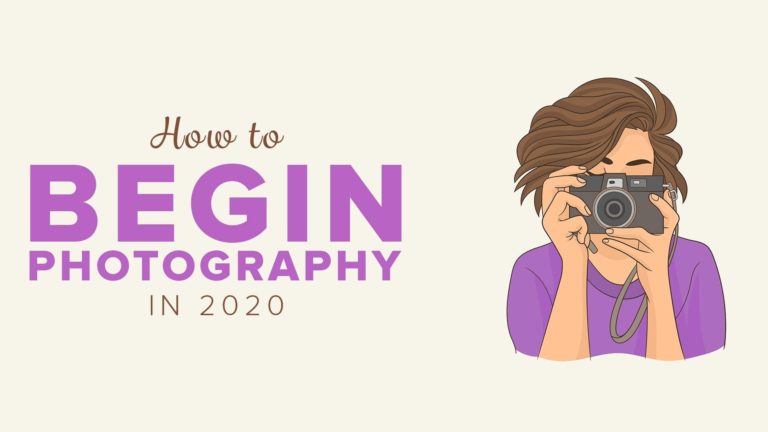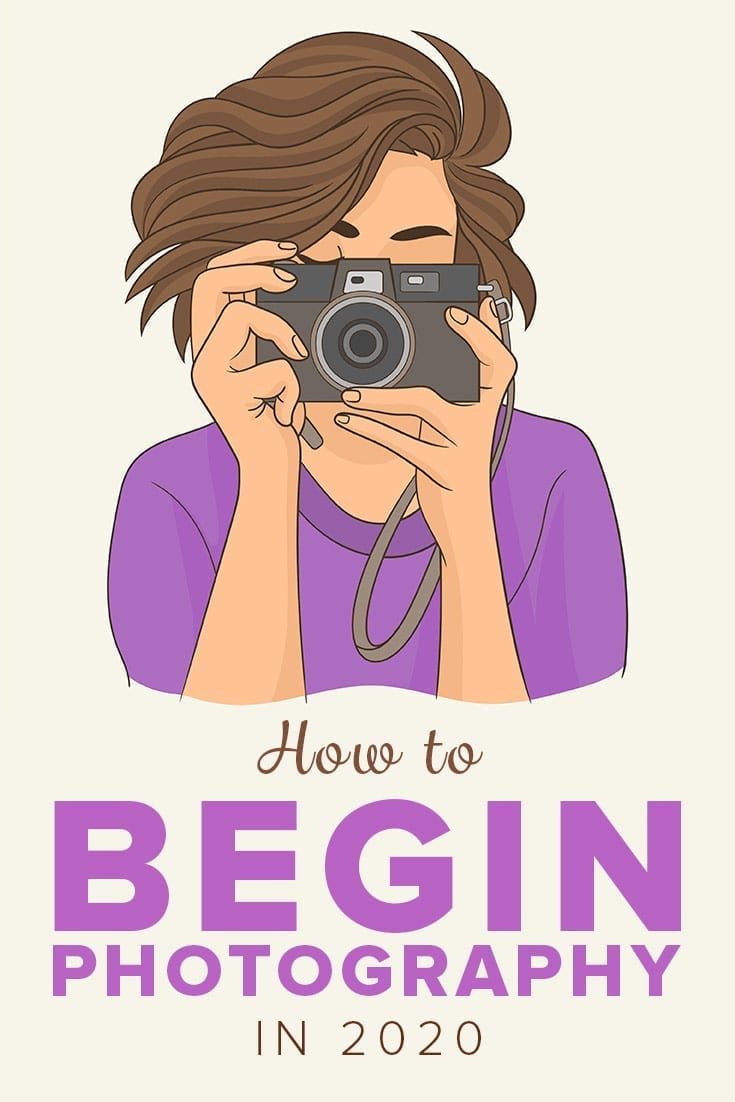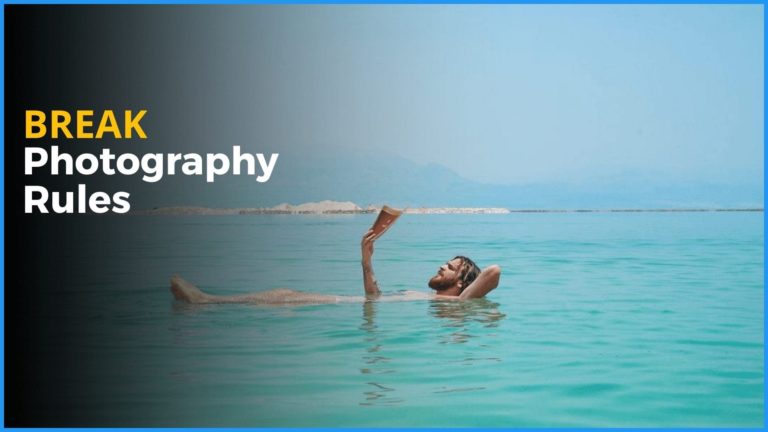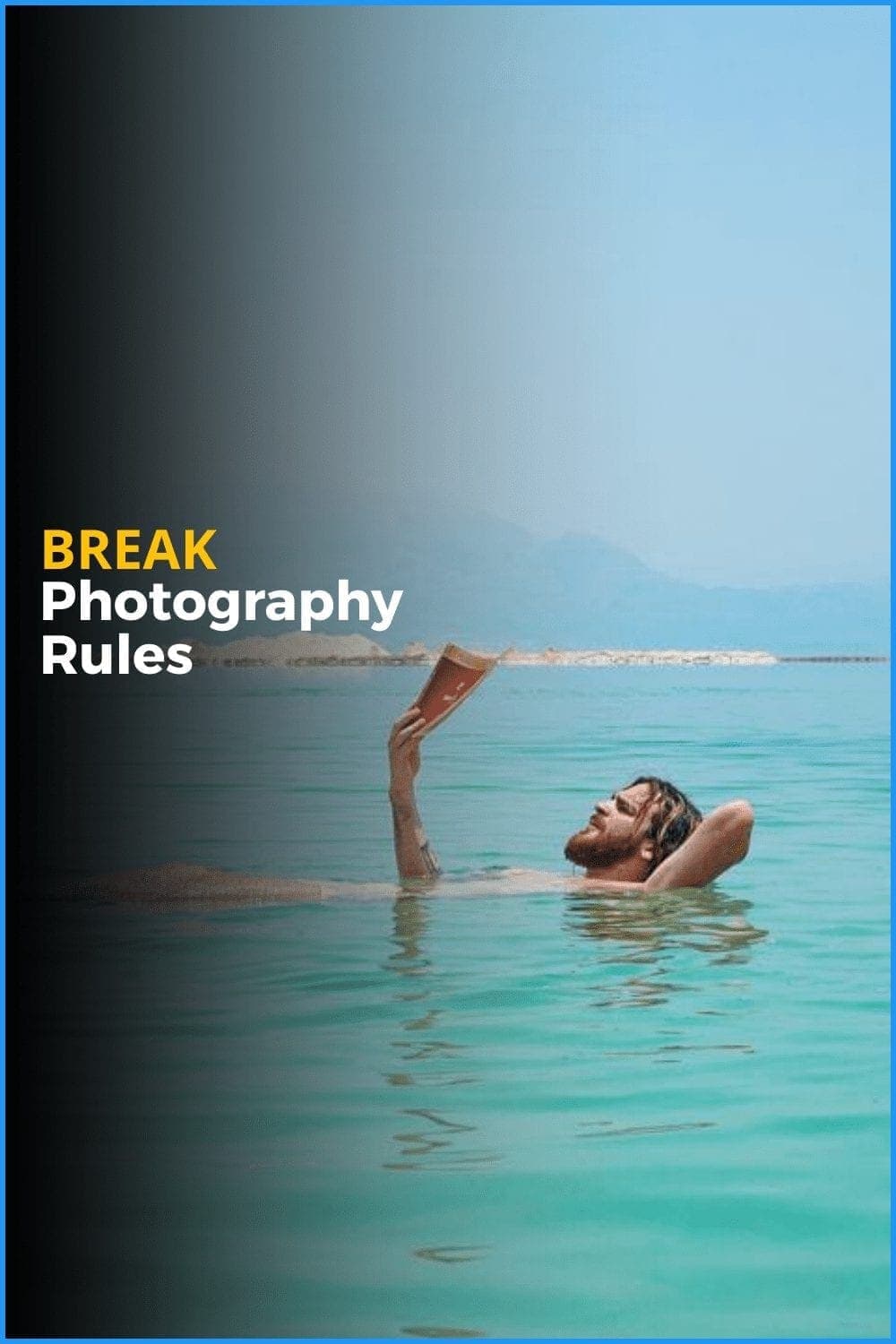Affiliate Disclosure: We earn a commission if you purchase through one of our links at no additional cost to you.
Lee and I miss travel photography and visiting other cities. We’ve spent time doing travel photography in a number of cities, and there are plenty of ways to go about it.
In this episode, we’ll give you some ideas of how to photograph cities and what kind of stories you can tell.
Different Ways to Photograph Cities
When you photograph cities, remember that you don’t have to photograph the entire city to tell a story. Pick an area or a neighborhood to tell its story.
How you tell the story is up to you. Look for contrast. Not just contrast with shadows and highlights. Look for differences in color, people, economic status, architecture or even the food.
Let the city reveal itself to you. If you can, talk to the locals and learn how they see the city. You may find a great restaurant or learn about an interesting subject to capture.
Remember to think like a coffee table book.
If you were going to tell a story to fill a photo book, how would you structure it? The story has big elements, small details, and everything in between. Ultimately, everything you photograph to go in your coffee table book should relate to each other in some way.
The way to photograph cities is similar to the way you think about a wedding.
It’s all about one event, one story. Yet there are different chapters. The preparation, the detail shots, the ceremony, catering, flowers and the celebration after the wedding. Each is a different element supporting the big story about the wedding.
Treat your travel photography the same way and you’ll think of new ways to photograph cities that you never imagined before.
Stabilize Your Camera Without a Tripod
I mentioned that some places do not allow or like tripods. It’s understandable, since crowded locations may cause problems if someone doesn’t notice and trips over your tripod.
Here are the products I mentioned in this episode. I own and use these things, and they’ve worked in many locations.
The Platypod Max is the perfect solution for photographers and videographers who want to travel light. This ultra-light, flat tripod weighs only 13 oz and easily fits into any camera bag.
Despite its small size, the Platypod Max is incredibly sturdy and can support heavy DSLR cameras and long telephoto lenses. The Platypod Max is a perfect choice if you want a powerful tool that won't weigh you down. To top it all off, they offer a 5-year warranty.
Tired of lugging a tripod around?
The Platypod Ultra is a compact and versatile tripod designed for smaller equipment like mirrorless and compact cameras. It features four heavy-duty spike feet for grip in unusual places, a 20-inch cinch strap for strapping to poles, beams, trees, and other freestanding objects, and a carabiner for easy transport. With its compact size and versatile design, the Platypod Ultra is perfect for capturing those hard-to-get shots in any situation.
The Manfrotto 244RC Variable Friction Magic Arm is essential equipment for any photographer or videographer. This articulated arm allows you to mount your camera at any angle, making it easy to capture the perfect shot. The large locking knob makes it easy to adjust the friction and lock the arm, while the quick-release camera plate ensures your camera is secure. With a load capacity of 8.82 lbs., this durable and lightweight aluminum arm is a must-have tool.
The Manfrotto Super Clamp is the original clamp that has thousands of uses. No camera bag should be without one. The Super Clamp can hold just about everything, including cameras, lights, umbrellas, hooks, shelves, and plate glass.
The wide jaws of the Super Clamp make it easy to attach to poles, posts, tripod legs, pipes, doors, stands, and beams. If you can fit the Super Clamp around it, it will hold! This makes it an incredibly versatile and valuable tool for anyone who needs a little extra help getting their gear where they need it.
If you have any questions about these products, please ask in the comments and I’ll let you know more details.
Time Stamps
This is our last episode for how to photograph certain things, certain people. And we've really enjoyed this little series so far for the month of October in 2020. Today, we want to talk about how to photograph cities. I'm William Beem. Welcome to I Like Your Picture. The show that helps you improve your photography with visual storytelling. What is visual storytelling? It's a method of approaching your photography with a knowledge of who you're trying to serve with your photos and what emotion you want to make them feel.
We encourage you to concentrate on your subject, light and background to create a photo your audience loves. I'm glad you found us. Hi, my name is William Beem and this year in 2020, honestly, we have not traveled. We had plans for going to a couple of different cities and look, you all know what happened. Everything shut down and we couldn't go anywhere.
Now. It seems like, hopefully we're ready to come out of that. And I'm starting to think about where can I go? What can I photograph? And importantly to me, how am I going to photograph it? Lee you wanted to take me to New Orleans? Yes. Why? The first time I saw New Orleans was actually, it was a race that I did and I ran through the French Quarter.
I'd arrived the day before, but I hadn't really gotten to walk around that part of the city. When I was running, actually remember running the race and hearing the finish line thinking, but I'm not done looking at it. That was the first thing that came to mind. It was just, I think it was the mix of this going into a little time capsule in some ways,
but yet the people were all dressed modern. There was a little bit of nostalgia because there were little elements of things that I saw that reminded me of time spent with my grandmother decades ago, because some a that young. At night, it was a totally different place because it didn't look so old and dirty. Suddenly these lights came on, it was almost like more of a rustic Vegas theme.
And I think it was just the contrast between that. There are so many different types of photography you can capture there. And I think that's what I loved so much about it. You know, it's got its charm, but it's also got its buzz. And you were in a very specific part of the city. Yeah. You weren't necessarily in all of new Orleans.
When we talk about photographing cities, it doesn't mean that you have to cover every aspect, every neighborhood, every part of the city. What we want you to think about is what do you want to take away from that city and show your experience there? How do you feel about the city? Is it going to be dark and gloomy? Is it bright and cheery?
Is it going to be in, in the case of new Orleans and the area that you were in, it was almost gave you kind of like an antique feeling and really, what did you feel there? There was food, there was architecture, there were... It was like an overwhelming sensory experience. And it was kind of, there was quite a lot of emotional experience in there as well.
I'm not talking about feeling sad or happy or anything like that. There was like this vibrant sinless life. Yeah. It kind of wreaked of poverty and wealth at the same time. It was just this kind of clash of an old and a new world that was somehow working in harmony together. And I'm talking about more seeing this in the colors, in the buildings,
in the themes, in the music and the people that were there and the, the atmosphere. It all kind of came out in the energy. One of the things I hear you describing is contrast. Yeah. Photographs are wonderful with contrast, and I'm not just talking about highlights and shadows color contrast, but also social contrast or architectural contrast, or as you said,
economic contrast, but you know, between the poverty and the wealth that was going on, also the contrast between how was this look at day versus how does it look at night? And those are really interesting photos. And that's the idea of when you go and want to photograph a city, you're looking for the area that you want to cover. What is it that speaks to you has an emotional appeal,
and also look for the contrast that goes along with it? I think you have there as well. You know, you walk down Bourbon street in the day. There's a different crowd there in the day. I remember walking there. It was, I think it was last year. It was kind of coming up for sunset. There was this crazy fog that had kind of descended over the city that day.
So it was like really foggy and it was starting to get dark, but it wasn't quite dark, but it was in the, I was there in that transition period where the people who work their nine to five were kind of starting to close up shop and leave, and all the entertainers were starting to arrive. And there was like, you could see the people who were leaving and walking back towards the,
you know, the main part of the city were different to the people coming in. They were dressed differently and there was a different mood about them. I mean, it was mostly shoppers and Sightseers leaving and then it was now we gonna live the nights in Bourbon Street's crowd coming in. And then I kind of liked that contrast. Another way of looking at contrast is with lighting.
People always talk about golden hour or blue hour. And that's what you're really experiencing is the contrast of that transition between day to night and night to day. And when you start looking at that, those are when you get the interesting colors in the sky. What are you going to put in front of that? Is it going to be a building, a street?
Are you going to put a person in front of that? I think that the time that you're doing your photographs is also important about how you're showing the city, you know, sunset on the Manhattan skyline. You see all those little lights in the buildings, the sun's going down, you're shooting over the water. That's been a very common and yet still very popular photograph.
Same thing with bridges. You know, when, when the lights are coming on the bridge someplace, whether it's the Golden Gate bridge, the Bay bridge, the Manhattan bridge. You're looking at those kinds of things with the lighting. And how is that going to provide, contrast whatever your subject is going to be? In Chicago, they've got that Cloud Gateway,
but everybody calls it the Bean. It's like the best time to go take photographs of that is just before the sun comes up, because nobody's out in, in your way. I'm going to make another transition to see what is there rather than what you want to see, because I've made this mistake before. For example, in New York, on Wall street,
they have the statue of the bull. And you know that represents the bull market in good times and economy. Well, the problem with going there at any old time to take that photograph is it's surrounded by tourists and surround by people going back and forth to work. And you never get a really good shot of the bull by itself. You know, during the normal time of day,
I would have taken a different shot. Well, that's what I'm going to say is that the shot of the bull itself is not the shot. The shot of the area with the people interacting with it in my mind is the shot. I agree. I had the same problem when I was photographing the White House. I wanted a photograph of the White House without that damn wrought iron gate in the way.
And I leaned my camera in on the gate and took my quick shots. And then the Secret Service man told me, get away from there. He was polite. In hindsight, that wasn't the shot because I didn't want the gate. I was so obsessed with not getting the gate in there to get the photograph I wanted. The better shot was to go back and get a larger scene.
You know, a wider angle of not only the White House, the gate and the people that are always up and down and around it. And that was the story that I think would have been a better photograph from the one that I got, because what I got is just a building and a couple of trees with nobody in it. I saw this a lot at Disney World.
People would wait for a shot or they'd even pay money to get early access, you know, through a dining experience or something. And there was this big rush, and all they were really there for was this one shot of the castle without people in front of it. And I thought, okay, I get it. So, you know, you get your nice shot without the people.
When I went there, I actually used to zoom out a little bit because I want to the people. Because that puts the whole story into context. I mean, that's where the atmosphere came from. It wasn't about the place. It's about the memory in that place for me. Look, I understand why some of the photographers don't want certain people in their photographs because you always get someone whose leg is looking just a little bit awkward as they're taking a stride because you didn't capture it just the right moment.
Yeah. With enough people in there, it doesn't look that way. Or maybe somebody is picking his nose or someone woman's got ugly red shorts on. I really hate red shorts. There's a difference if it's a crowded area, you actually both for me. I, I want to have the crowds in the shot. If it's not a crowded area and it is quiet,
then it might be worth waiting for the people to get away because having a crowd looks like it's meant to be there. When you've got no crowd or no people, and you go, one person who's walked me into or out of the frame or across the frame that unless it's about the person. Well, this is, this is depends on your story. Is it about architectural shot or is it about a destination where people visit?
Yes, for example, I know people that will go to a place like the Venetian hotel in Las Vegas. They have this grand hallway leading up to the reception area and there are people who go there and they'll set up on the floor or they can't really put a tripod there, but people are gonna be walking up and down there. But what they'll do is they'll brace their photo someplace or their cameras someplace.
And then those take a series of photographs and then later go on Photoshop and use those photos to cover up any place where a person may have been. So it looks like they've got an empty hallway and everybody says, Oh, how did you do that? Well, you know, I've set up a tripod or a Platapod or something of that nature and took a bunch of shots as people moved around.
So that way I could always get them together in with nobody there. And then you've got the shot of this empty hallway. If it's an architectural shot. I understand that. If it's, this is my trip to Las Vegas shot, it looks kind of creepy like a ghost town. I hear the fire alarm. It really depends on what story are you telling?
Are you showing the architecture? And that's not necessarily a bad thing. If you're going to photograph cities, going to photograph architecture is a wonderful purpose. Especially a lot of cities because they've got their different styles. New Orleans architecture is going to be very different than Key West architecture, Washington DC architecture, or New York, you know, Manhattan area architecture.
But architecture is not the entire story of the city. It's not for me. It's not at all. I want to see where people gather. One of the things I like to do is get little closeup shots of things. So sometimes you might go by a building in there. There's just a little number or a plaque of some kind and some something that reveals details or character about the place.
Well, New Orleans was, I took a lot of those kinds of photos. I think that's, there's so many different things you can do there. They have a very specific way of, you know, there's the way that they label the streets with stones on the ground. And then they've got them on the corners of the buildings. There's a very specific design to it that is unique to New Orleans.
And I've got a picture of after I ran, I think, had run a marathon of me standing there in my running shoes at Bourbon street. And there's, I just took photos straight down of my feet, starting at the corner where it said Bourbon street, just like well like that photo. And I did the same thing in Havana. They had interesting street signs.
They had interesting colors and they also had an interesting patina to the buildings. You could go there and just shoot what the city looks like in various detail. Are you looking at the whole building? Are you looking at a part of it or are you looking at how the colors flow or how the basically how the buildings are falling apart? It's a fascinating place to see.
And also just as fascinating are the people and how they live there. I got photos of people walking through the streets, doing their daily stuff against some of these brightly colored walls, with wonderful murals on them, or maybe a kid going to school. And it happens that her school uniform matched exactly the paint job. It was incredible. I thought you sat there waiting for that on purpose.
I would just happen to be at the right place at the right time with that photo. But yeah, her school uniform and her backpack, you know, it matched the car paint right next to her. And I thought, okay, there's a shot. The other part of it is I still like seeing, well, one, I like to see the food in a city.
If a city is known for a certain dish or a certain style of food, like New Orleans, I want to go there and I want to see some jumbalaya. I love my jumbalaya. Gumbo. Maybe not so much. Gumbo is not an exciting kind of thing to photograph. I've got gumbo photos. They look pretty good, but I like to eat gumbo. So I
look I go, Ooh, gumbo. If you go into a seafood place and you see crab legs or lobster, I don't eat either one, but man, they make for great photographs. In my opinion, they're colorful. They're interesting shapes. You can go to a city and just capture it, but you need to understand, I think before you go there,
what do you want to bring home? If you want to go to a city like New York, are you looking for color and tone? Is it going to be all black and white? Is it going to be architecture or is it going to be maybe Central Park? Nighttime? What is the mood that you're photographing? I think you can photograph many different things and keep your mood the same through all of it.
Or you can go on an emotional journey. It's like, what is the city like from Dawn til sunset? Or even after a nighttime? What is the transition that happens? What are the traffic patterns that happen? What kind of cars are out? What kind of people are out? You were talking about the difference in people, you know, in New Orleans from day to night.
Yeah. Well, you get different crowds. Either they going there for are leaving for a different, If you're going to photograph a city, I said this in the last podcast, I'm going to say it again. Think like a coffee table book. With that you start thinking about what is the story that I want to tell. You're going to think about what is the,
like the major thing, what would be on the cover of my book? What would be a big double truck? You know, another sub of a photo that goes across two pages and what would be the little detail shots and what would be the story of this book? You don't want to be all over the place, taking things like, okay, here's a drug deal and here's a kid having a birthday party in Central Park.
To me, that's a lot of contrast. Those two things don't go together, but it depends upon your story of what is New York city. When we go to Las Vegas, I like taking photographs in Las Vegas. And usually I am looking at architectural elements that I like to shoot there, but I'm also looking at color. I'm looking for, I guess,
street performers, sometimes. They kind of fascinate me. I used to like to try to take photographs of like the Bellagio Fountain. I found that I wasn't really thrilled with my results. Some people have gotten some really beautiful ones. I like one I've got from the Eiffel tower replica of shooting down. That's probably some of my favorite, but the idea of just taking pictures of moving water,
didn't work for me. I think other people can do it much better. But you've been to Las Vegas with me. What did you see? Was there anything there that you wanted to take photographs of or did that city not even work for you at all? Oh, it worked for me a lot, but you know, I took very few. I took some city photos that actually took quite a few,
like through the cracks with my phone, through the cracks on the perspex barriers on the bridges, you know, that go over the, the street for the pedestrian walk. That worked well. Also, they've got the escalators. When you come down at the top of the escalator, taking pictures at different angles from the top coming down, I quite enjoyed doing that.
I think gave me a different perspective. You just had a different angle and I kind of liked those photos, but most of my photos, there were actually, once we went into places that a lot of restaurants things, it wasn't necessarily of food. We went to restaurants that had some interesting decor, little details or little things on the tables. And I really enjoyed just setting up miniature,
still lifes and really getting in close. You really like your details. When we went to House of Blues and we were staying in Mandalay Bay, you know, House of Blues is right in there and outside, they have these benches that are covered in bottle caps. Yeah. You went nuts, taking detail photos. I had so many photos of those. And yet we'd go to another restaurant.
There'd be another decor. I think it was the colors and the texture that really attracted me to want to take photos in some of these places. Because these things are often unique. They, they've not the logo of the place, but they could be. I do. Yeah. Let's take another city. I haven't taken Lee to Savannah yet. I've been to Savannah a couple of times.
I really enjoy Savannah, but it's not for the bright colors. It's more for the sense of history. The sense of once again, food, because I like food and just laid back lifestyle in the area that I go to. But you know that I'd go nuts with detail shots there. I think that you'd be looking for Southern charm in Savannah.
Yeah. When I go to a city, I want to take some portraits. It's not just about seeing the city. I want to see people in the city. And that could be, look, if you do street photography, they may not know that you're taking portraits. But I kind of, when I say portraits, I mean someone who's aware and I'm capturing a person in a place.
And I think that really helps tell the story of the city. It's if it's a person who belongs there or a person's like, this is my New York city, this is my Savannah. This is my New Orleans. Yeah. I really liked that. One of the things I like, I guess I'd call them character portraits. If you go to New Orleans,
you find, you know, the guy who's driving the horse and carriage. You find a musician on Bourbon street with his interest instrument and those kinds of things. These people belong there. And you want to tell their story in that place. I think those are very interesting ways to photograph cities. And matter of fact, if you want to, you could do an entire,
how to photograph cities just by going through and finding people and saying, I want to take your photograph here in the city. Who are you? What do you do? And just kind of tell that story of the people within the city Think about different types of transportation here. Some cities have monorails, some of them have trams. There's all different kinds of things.
And this goes to internationally, especially, I suppose you'll find something different. If you leave whatever country you're in. That's also something interesting to do is to get pictures of the different types of transportation, maybe something just that you don't use or get at home. I did that when I was in Havana. I mean, I do it in every city,
but I remember when I was in Havana, they've got these strange looking little pedal cars and they've got some little motorized bikes. And then of course they have these guys with the really old American cars from the fifties. And I paid to get in a ride and go around with one of those things. Don't do that by the way, if the cars look cool,
but when you get inside, what we find out is that there's a Russian engine and all the exhaust comes up inside of the car. Oh, carbon monoxide. There is, there is no, there is no EPA in Cuba, but they look so cool. These cars are iconic within Cuba. Cause they've painted them in interesting colors. You know that obviously it didn't come out of the factory.
You mentioned monorails. Everybody who goes to Walt Disney World in Orlando, wants to see a monorail. And there's like a place in Epcot where they made sure the monorail went through the park. So you could see, you know, high technology, you know, from the seventies or eighties, whenever it came up. But yeah, but you see like this glass pyramid and the background and the monorail comes through and there's a little lake right in front of it.
They've they architected this just for those photographs. Yes. There's a monorail also in Las Vegas, but it's not really exciting. The Vegas monorails are unmistakably Las Vegas, monorails. I mean, from the people who get on there, the atmosphere, how late they run it. I mean, there's this, I think you can find the character of any place you go.
If you look for it. Well, think about that. If you're on the subway in New York, do you want to take pictures inside of the subway area or on the train itself? I don't know how people react to that. I mean, I think people in New Orleans... In New York, I would not take photos on the train. And this is my ignorance of, of people in New York and on the subway.
I can see that it being a very interesting place to take photographs because let's face it. If you're looking for leading lines, you know, being on a, on a train is really great for that. But if somebody objects to having their photograph taken and it might not be a good experience for you. But there are people who will do a portrait session on the subway.
You know, I've seen that before where people was like, they're just holding on and you know, you're taking a photograph of someone that you brought with you or met there to have their portrait taken on the subway. And the other people are just kind of background. You don't even see them in the shot. They kind of see that you're taking a photograph of someone in particular.
So it's like, yeah, you're not taking a photograph of me if you're taking a photograph of me and I don't know who you are ,that might upset some folks. Well, I'll say, why are you taking a picture of me? Yeah. It's like what what's going on here. But if you're on the train and let's say that you're with a family trip,
you're taking a picture of your family on there. So, okay. They're tourists. They'll leave them alone. Yeah. Just think about how the crowd around you may react when you're taking photographs inside of a subway train or a monorail. I think that there's a way to do it because I've seen a number of photographs that happened that way. And also if you're on the platform,
I think it depends on where you're at. I've heard that the folks that the Grand Central Terminal in New York really don't like photographers. I don't know if that's true or not. That's true for a lot of big city stations. I think of Glasgow and Edinburgh, London. Typically. It's like, okay, what do you, especially, if you go in with a camera,
I think if you go in with a camera, you're going to have problems. With your cell phone. That's kind of the age of everybody doing selfies and photos. Instastories and things. That you take a camera to any of the big cities. I think you gotta be ready for pushback from somebody and you never know who's going to be there. And there were some places,
obviously in cities, they do not like tripods. They've got rules against tripods. I've seen this in many cities. So I've gotten around this two different ways. One is to use something called a it's from Manfrotto, it's a SuperClamp and a Magic Arm. I'll leave links to these in the show notes and show you what I've done with them. I went to the Air and Space museum in DC and security guard came out and says,
you're not allowed to use the tripod. I didn't use a tripod. This is clamped to a railing. And it's got one arm standing up. Guy walked off, check with his boss, come back and said, you're good. Same thing happened when I went to the Stratosphere. When you go up, you're not allowed to take a tripod. Lady who was doing security,
screamed at the guy in front of me cause he had a six inch tripod. She started to scream at me and I said, it's not a tripod. And she said, Oh, okay. You can go on up. I took it up. And there's a railing obviously. Cause they don't want you to coming off the top of the Stratosphere in Las Vegas.
But I put the clamp on there and then this Magic Arm is like a variable friction thing. In other words, you loosen a wheel. You can kind of position the arm and it bends in two places. Then you tighten the wheel and it's a stable platform. It's not as stable as the tripod is, but it gave me enough. I could put a ball head on top and take my photographs.
I went all through the museum of Air and Space and I got my photograph from up high on the Las Vegas strip. Yeah. Using those techniques. Another tool is called a Platapod. There's a couple different sizes and I'll put links to those in the show notes as well, too. Just keep in mind. It's a good idea to have something that you can use to stabilize your camera.
But tripods in a city... One, it's bulky to carry around and two, people around there just don't like them. Well, it's the legs they don't like. Thank you so much for joining us on I Like Your Picture. This is episode 240. So you can find show notes williambeem.com/episode240. Thank you so much. We really appreciate you tuning into us and we would love it.
If you would subscribe to us, you can go to Williambeem.com/podcast. Or you can go to the show notes page And there'll be links there for you to subscribe. We'll see you again next week.

